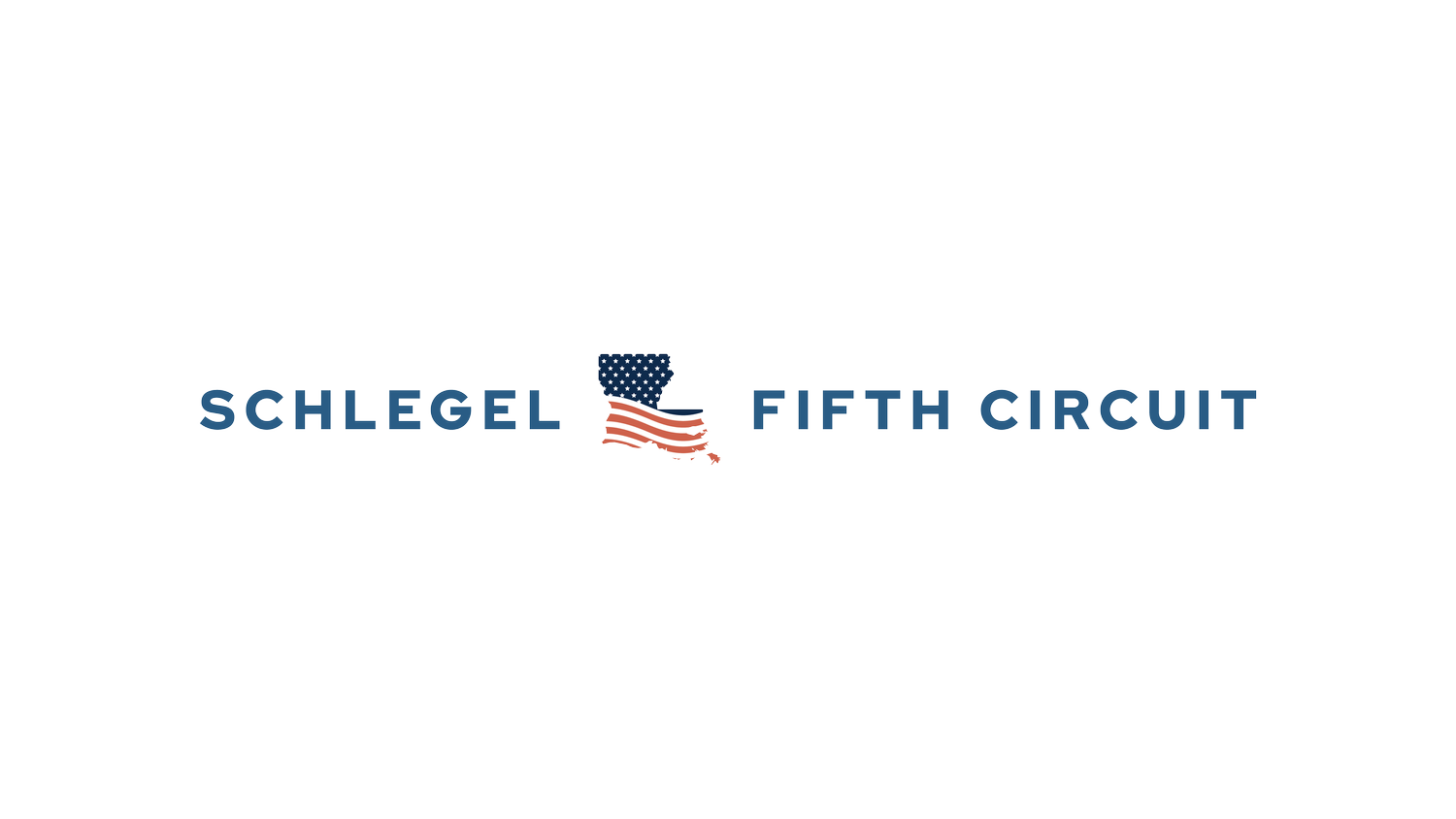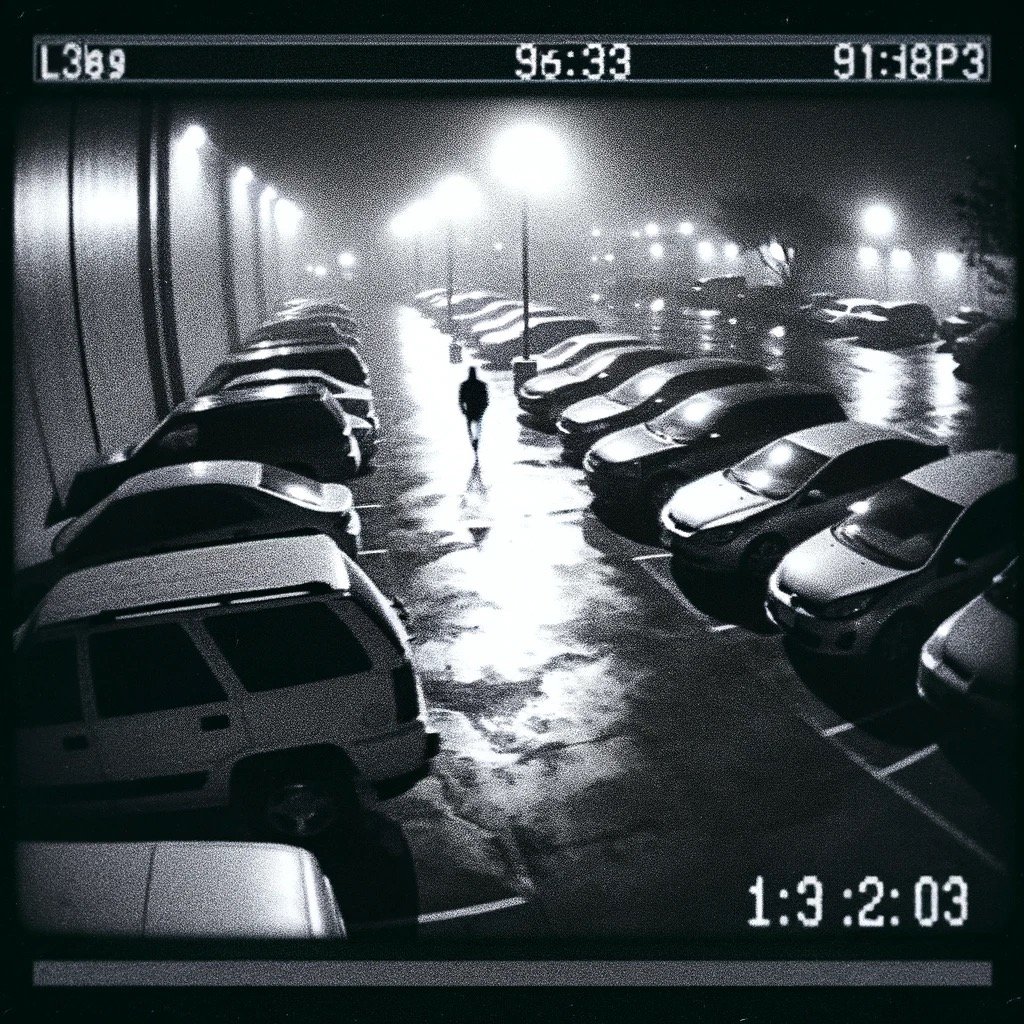Beyond Deepfakes: The Hidden Dangers of AI-Enhanced Evidence in Court
As a judge deeply immersed in the intersection of law and technology, I am acutely aware of the profound challenges and opportunities that AI and digital evidence present to our legal system. For some time now, I have been vocal about the potential dangers of deepfakes—AI-generated videos and audio clips designed to deceive by fabricating events that never occurred. However, another challenge is also emerging in our courtrooms: the use of professionally enhanced evidence. While these enhancements are often presented transparently as attempts to clarify, they could still mislead and distort the truth.
The Threat of Deepfakes
Deepfakes represent a significant threat in legal contexts because their primary purpose is to deceive. These AI-generated videos can convincingly depict individuals doing or saying things they never did, posing a severe risk to the integrity of evidence. My concern has always been that without careful scrutiny, the justice system may struggle to distinguish fact from fiction. The intentional creation of false realities can fundamentally undermine our legal processes, making it difficult for courts to ensure that justice is based on truthful representations.
The Challenge of Professionally Enhanced Evidence
In contrast, professionally enhanced evidence is usually presented with the intention of improving clarity and aiding understanding. However, this transparency does not eliminate the risk of distortion. The recent ruling by Judge Leroy McCullough in Washington state, where AI-enhanced video was ruled inadmissible in a murder trial, underscores this issue. Judge McCullough highlighted that the AI technology used "opaque methods to represent what the AI model 'thinks' should be shown," that could have lead to a potential misrepresentation. The judge also noted that considering such evidence could have “lead to a time-consuming trial within a trial about the non-peer-reviewable-process used by the AI model." Although the enhancements aimed to clarify, they risked introducing inaccuracies, demonstrating that even well-meaning enhancements can deceive.
A Historical Perspective: Zooming in on Photos
The legal system's struggle with enhanced evidence is not new. Years ago, we faced similar issues when people began zooming in on photos to extract details. At first, this seemed like a straightforward way to clarify evidence. However, it soon became clear that zooming in could also introduce distortions, making objects appear clearer or more defined than they were in reality. This historical context highlights that the challenges we face with AI-enhanced evidence are part of a broader, ongoing struggle to balance technological advancements with the need for truthful and reliable evidence.
The difference between AI-enhanced evidence and zooming in on photos lies in the extent of manipulation though. Zooming simply magnifies existing details without altering the content, whereas AI-enhancement can add or modify elements, filling in gaps based on patterns learned from vast datasets. This can create potential misrepresentations by introducing details that were not originally present. Historically, zooming has been more accepted in courts due to its transparency and limited alteration of the original image. However, AI-enhancement, while presented transparently, involves complex algorithms that can obscure the truth by adding speculative data, necessitating rigorous standards and ongoing education for legal professionals to ensure the integrity of such evidence.
Educating the Legal Community
I strongly believe that an educational approach is more effective than strict regulation. Legal professionals must understand the technology underlying AI and its implications for evidence. By educating ourselves and our peers, we can better navigate the legal challenges presented by digital evidence without stifling innovation. Comprehensive education can equip judges, lawyers, and juries with the tools necessary to critically assess AI-generated and enhanced evidence.
A Call for Judicious Use of Technology
Notwithstanding, the use of technology in the legal system should be managed judiciously. We need to develop frameworks that harness the benefits of AI and digital tools while safeguarding against their misuse. This may involve setting standards for the admissibility of such evidence and ensuring ongoing education about the evolving capabilities of these technologies.
Looking Forward
As we look to the future, the legal profession must balance the rapid evolution of technology with the timeless principles of justice. This balance requires a proactive stance, adapting our legal frameworks to meet the challenges posed by digital evidence while upholding the integrity of our justice system. The path forward is complex but navigable. With informed dialogue and thoughtful integration of technology, we can preserve the cornerstones of our legal system—truth and justice.


